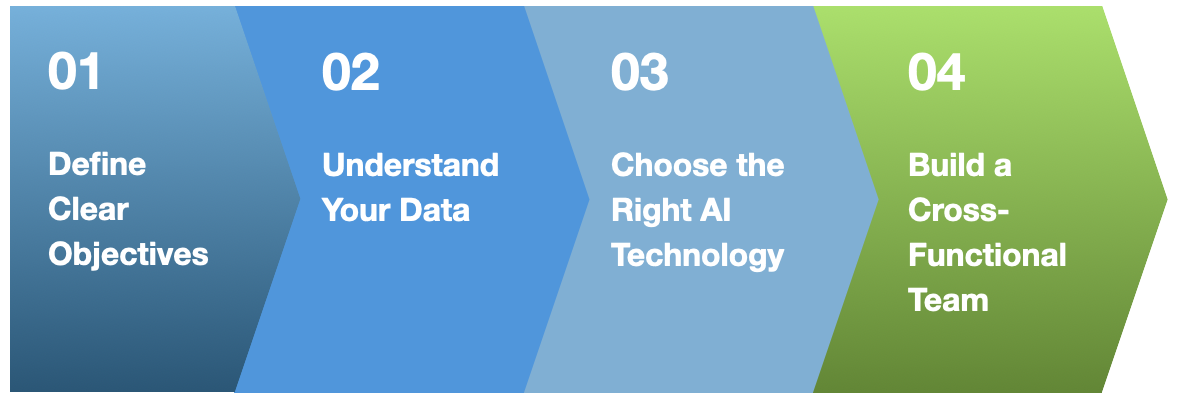BY Rodnei Connolly
Digital Transformation Catalyst | Data, Analytics & AI | Digital Marketing & Product Management
Integrating AI into Your Product
AI has evolved from an unimaginable concept to an essential component of modern products. Building AI capability into a product is a complex but rewarding process.
Integrating AI into your product is about more than just adding a feature. It's about creating more thoughtful, more responsive solutions that have the potential to transform the user experience and provide significant business value, inspiring and motivating you in your product development journey.
As users become more comfortable interacting with digital products, integrating AI capability into a product can significantly enhance its functionality, user experience, and market competitiveness. However, integrating AI is complex and requires a solid foundation. A well-structured approach is necessary to ensure that the AI capabilities are robust, scalable, and aligned with business objectives. By laying a solid foundation, you'll be well-positioned to leverage AI's full potential in your product offerings.
When incorporating AI capabilities into your product, consider several foundational steps. Below are eight steps (out of many others) that I recommend.
1. Define Clear Objectives
Defining your AI goals is essential. Are you aiming to automate processes, improve user experience, offer personalized recommendations, or gain insights from data? Establishing clear objectives will shape your AI strategy and guide and focus your efforts in choosing the appropriate technologies and methodologies.
2. Understand Your Data
AI thrives on data. Understanding the type, volume, and quality of data you have is essential. Identifying gaps, data source audit, assessing data quality, and ensuring you have access to the data required to train and test your AI models. Remember, the success of your AI initiative largely depends on the quality of the data it is built on.
3. Choose the Right AI Technology
Different applications require different approaches, meaning that not all AI technologies are identical. The right technology stack is critical for ML, NLP, data visualization, or predictive analytics. Evaluate the strengths and weaknesses of various AI frameworks and tools with your defined objectives.
4. Build a Cross-Functional Team
AI development is more than just a task for data scientists. It requires collaboration across various functions, including product management, software engineering, data engineering, and domain experts. A cross-functional team ensures that the AI capabilities are well-integrated into the product, meet user needs, and align with business goals.
5. Invest in Infrastructure
AI applications often require significant computational resources. Investing in the proper infrastructure—cloud-based solutions, high-performance computing, or specialized hardware—ensures your AI models can be developed, deployed, and scaled effectively. Consider future scalability and the ability to handle increasing data loads as your AI capabilities evolve.
6. Iterate and Improve
AI development is an iterative process. Begin incorporating basic AI capabilities into your first MVP, collect feedback, measure performance, and continuously refine your models. AI is dynamic, and ongoing improvements are necessary to adapt to new data, changing user needs, and technological advancements.
7. Ethical Considerations and Compliance
As AI becomes more integrated into products, ethical considerations become increasingly important. Ensure your AI models are transparent, unbiased, and comply with relevant regulations. Implementing safeguards will help build user trust and support your organization from potential legal and reputational risks.
8. Prepare for Deployment and Monitoring
The next important step is implementing your AI capabilities into the product environment. However, the work continues. Continuous monitoring is critical to ensure the AI performs as expected in real-world conditions. Set up monitoring systems to track performance, detect anomalies, and adjust as needed.
Conclusion
Building AI capability into a product is a complex but rewarding process. Following these foundational steps, you can create AI-enhanced products that meet user expectations. As AI evolves, staying informed and adaptable will be vital to maintaining a competitive edge.




